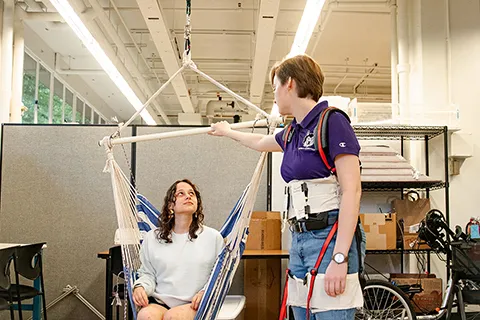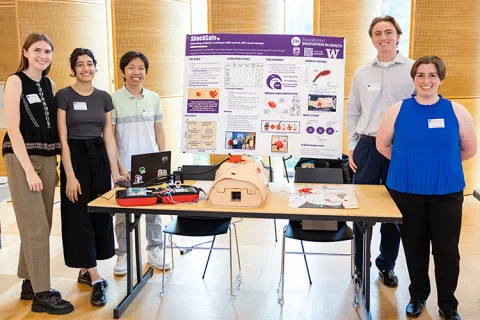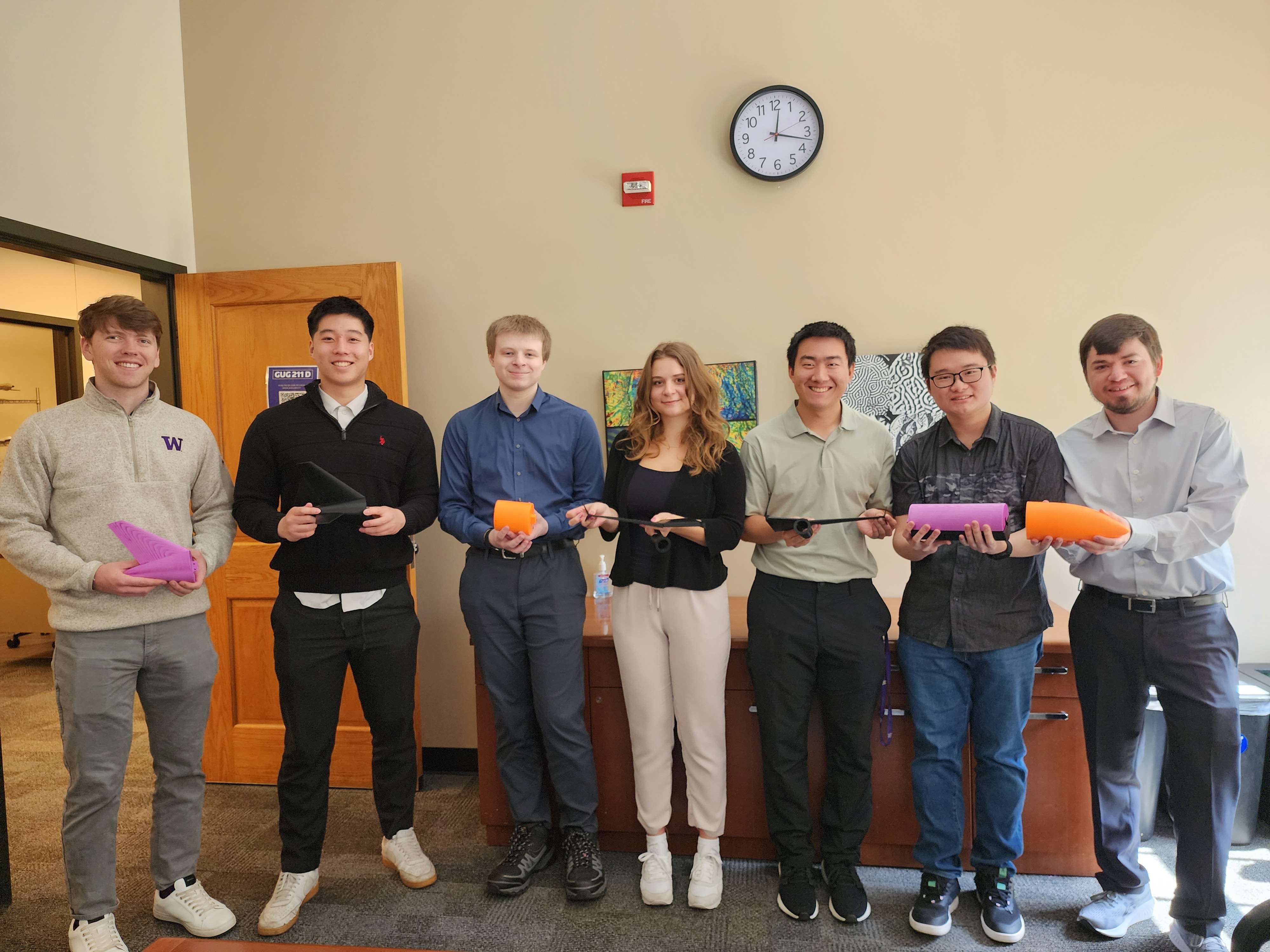Boeing
Boeing Regional Commercial Aircraft Design & Wind Tunnel Testing
The smaller regional airplane market currently has products that are based upon older designs that have their origins in the late 1980’s and early 1990’s. The Boeing 2022 Commercial Market Outlook (CMO) forecasts a 2,120-unit regional aircraft over the next 20 years. This presents an opportunity to develop new regional aircraft to satisfy the 75-seat portion of the market that meets the US domestic “Scope Clause” that has significantly better fuel burn and economics than existing options. The overall goal is to be at least 20% better than existing 75 seat regional jets in 500 nmi block fuel per seat with a cost to build that is comparable to the existing aircraft. This airplane should be designed to be competitive with the Mitsubishi SpaceJet M100 (76 seats), the Bombardier CRJ700/900, the Comac ARJ21-700 and De Havilland Canada Dash 8 Q400. This student team worked to achieve the following two goals: 1) Create the preliminary design of the airplane, including integration and sizing 2) Conduct model-scaled wind tunnel testing and compare against analytical predictions This student team worked to: • determine the aircraft size and propulsion system to meet the required mission (75 seat, 1500nmi range, 6000ft Take-off field requirement, cruise Mach 0.75-0.78), … (see RFP for details) • optimize the payload arrangement to allow for ergonomic passenger comfort • create a design that considered environmental impacts by using Sustainable Aviation Fuel (SAF), minimized emissions, and was sensitive to noise pollution (quiet). • minimize production cost by choosing materials and manufacturing methods appropriate for the annual production rate that was supported by the team’s assessment of the potential market size. • make the aircraft visually appealing so it is marketable and identified what features are important to the operators for different missions. • make the aircraft reliability equal or better than that of comparable aircraft. • make the aircraft maintenance equal or better than that of comparable aircraft. The project outcome this student team worked to achieve is the preliminary design of an aircraft that meets the requirements and is validated through limited testing. The deliverables this student team worked to achieve include: • a technical report that presents the design of the aircraft clearly and concisely, and that includes all relevant aspects, pertinent analyses, and studies supporting design choices. (Details of the required report content can be found in the RFP) • a scale wind-tunnel model • experimental results from the wind-tunnel test
Faculty Adviser
Alvar Saenz Otero,
Assistant Teaching Professor,
Aeronautics & Astronautics
Students
Aaron Hsu
Alexander Zhang
Grayson Atwell
Jason Cundrawijaya
Mack Howard
Salome Demurger
Salvador Hernandez
Related News

Fri, 09/20/2024 | UW Civil & Environmental Engineering
Smarter irrigation for a greener UW
A new project combines satellite data with ground sensors to conserve water and create a more sustainable campus environment.

Mon, 09/09/2024 | UW Mechanical Engineering
Testing an in-home mobility system
Through innovative capstone projects, engineering students worked with community members on an adaptable mobility system.

Mon, 08/19/2024 | UW Mechanical Engineering
Students strive to ensure accurate AED shock dosage
ShockSafe, developed by students with the help of mentors from Philips and Engineering Innovation in Health (EIH), can distinguish between children and adults during cardiac arrest emergencies.

Wed, 08/07/2024 | Snohomish County News
Snohomish County, University of Washington partnership boosts efficiency in enterprise scanning center
UW Industrial and Systems Engineering Capstone Project set to save Snohomish County over $40,000 annually.
